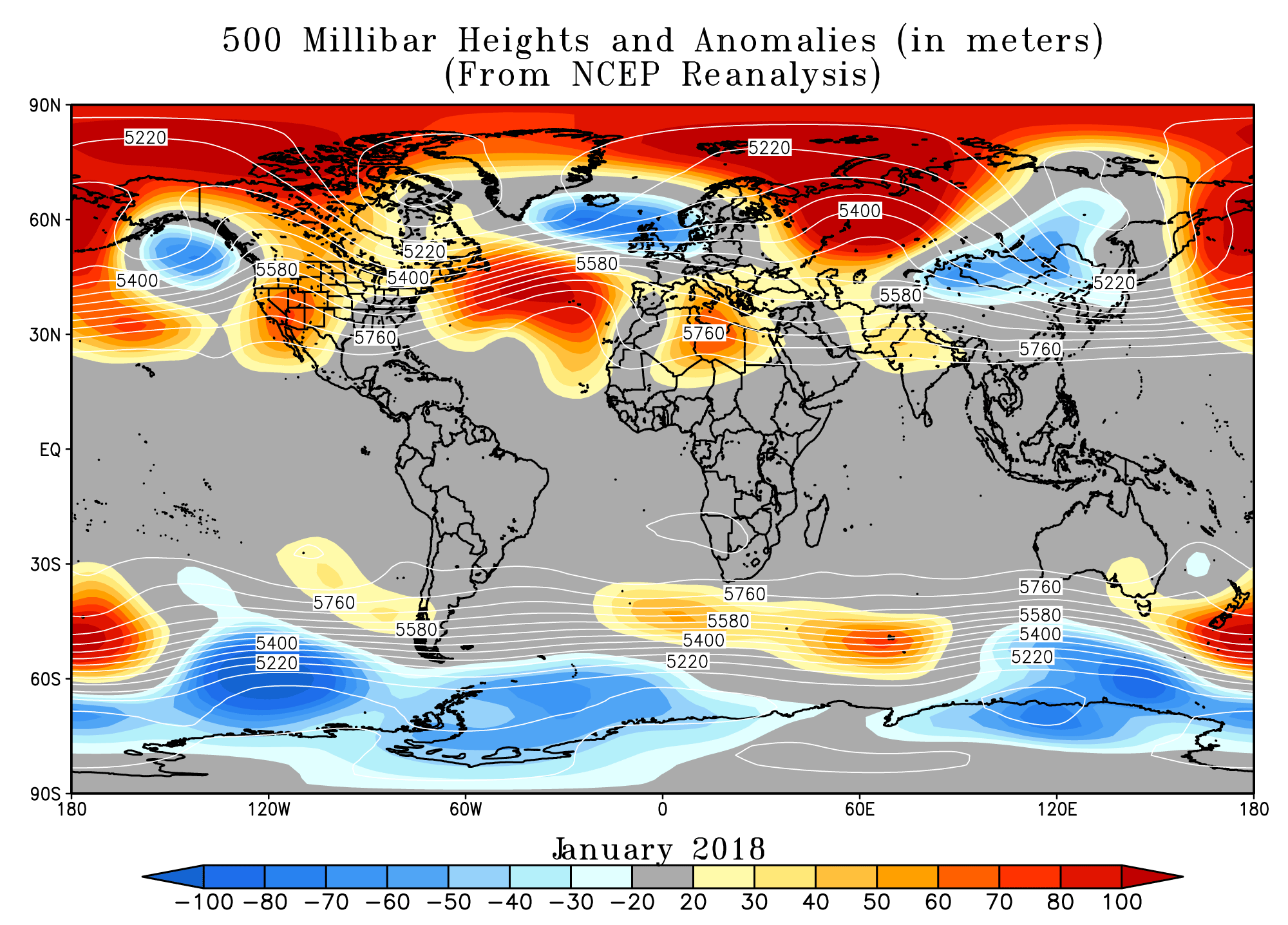Table of Contents
ToggleThe Emergence of the Blob and Its Devastating Effects
In 2013, a massive marine heatwave known as the Blob appeared in the northeast Pacific, causing widespread devastation from Alaska to California. This prolonged period of warm water, intensified by an El Niño event, resulted in the death of seabirds, toxic algae blooms, and the introduction of new species to the region.
Persistent Shifts: Species Colonization and Long-Term Presence
While the Blob eventually dissipated by 2017, some of the tropical species that migrated during the heatwave chose to stay. The prolonged and intense nature of the Blob allowed these species to establish more permanent populations in typically cooler habitats. Examples include the Señorita fish, which remains in central California in significant numbers, and the dominance of ocean whitefish and California sheephead in their respective regions.
Changed Coastal Communities: Impacts on Ecosystem Function
The long-term presence of new species in coastal communities leads to subtle yet persistent shifts in ecosystem dynamics. The extinction of certain species can disrupt important ecological functions, such as predation control or habitat provision. However, if new species fulfill similar roles, some level of resilience may be maintained, even if the community looks different from before. These changes have implications for the overall functioning of ecosystems and their ability to sustain biodiversity.
Adapting to New Ecological Realities: Human Responses
As coastal ecosystems transform, humans can adapt to these new realities. For instance, fishers have developed a taste for the ocean whitefish that has become abundant in certain areas. This flexibility in consumer preferences demonstrates the potential for societal adjustments in response to ecological changes.
The Ongoing Threat: Frequent Heatwaves in a Warming Ocean
Although the Blob was one of the most intense marine heatwaves recorded, subsequent years have seen similar events in the northeast Pacific. The current El Niño and the influence of climate change contribute to the rising frequency and intensity of marine heatwaves. These ongoing heatwaves have lasting consequences for marine ecosystems and the species that inhabit them.
Troubled Fish Populations: Challenges Ahead
Marine heatwaves and warming trends pose significant challenges to fish populations. Research suggests that frequent heatwaves leave populations with less time to recover, potentially leading to long-term declines. As oceans continue to warm, fish populations face increasing stress and potential disruptions in their reproductive cycles and abundance.
The Significance of Coastal Ecosystem Changes
Coastal areas are critical for human interaction with the ocean, hosting high levels of biodiversity and productivity. As these ecosystems undergo transformations, everyday lives are inevitably affected. Understanding the ecological shifts and their consequences becomes crucial for managing and mitigating the impacts on both natural systems and human activities.
Conclusion
In conclusion, the Blob’s impact on the northeast Pacific continues to reverberate through persistent shifts in species composition and coastal communities. These changes have implications for ecosystem function and human well-being. With the prospect of more frequent marine heatwaves and ongoing climate change, proactive measures are necessary to protect fish populations, preserve biodiversity, and ensure the resilience of coastal ecosystems in the face of an uncertain future.







